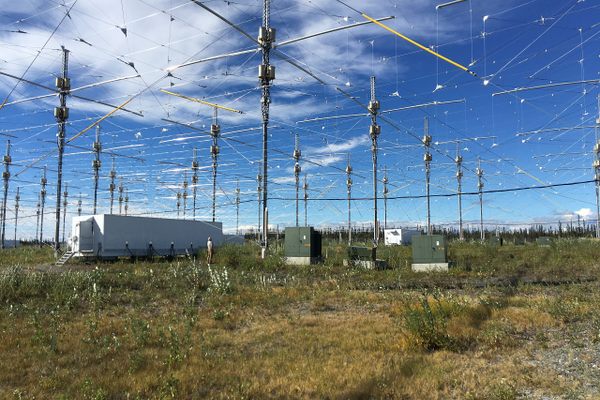About
Tempio Voltiano, or the Voltian Temple, is a neoclassical monument and museum dedicated to the life and work of the Italian physicist and inventor of the modern battery, Alessandro Volta. In the northern city of Como, where Volta was born in 1745, the temple houses a collection of Volta's original papers, letters, and instruments.
Included among the original instruments on display is the voltaic pile from 1800, the first ever battery to produce a continuous electrical current. Worlds away from your average AA battery, the voltaic pile was comprised of alternating silver and zinc disks separated by brine-soaked cloths. Chemical reactions between the brine (the electrolyte) and the metal disks (the electrodes) allowed for the transfer of charge through the apparatus.
But before Volta had the insight to use brine in his batteries, he first experimented with frogs, using their bodies as conductors. The set up for this peculiar experiment can also be seen at Tempio Voltiano, complete with frog skeletons.
His strange forays aside (he once developed a remotely operated pistol), Volta was an accomplished scientist whose inventions found immediate use and stimulated further research into the ever-important topic of the storage of electrical charge. And Volta's achievements have been acknowledged accordingly: Napoleon made him a count in 1810, and the unit of electromotive force (the volt) is named in his honor.
Related Tags
Know Before You Go
At the north-east corner of the Giardino Pubblico.
Flavors of Italy: Roman Carbonara, Florentine Steak & Venetian Cocktails
Savor local cuisine across Rome, Florence & Venice.
Book NowCommunity Contributors
Added By
Published
July 12, 2010
















































